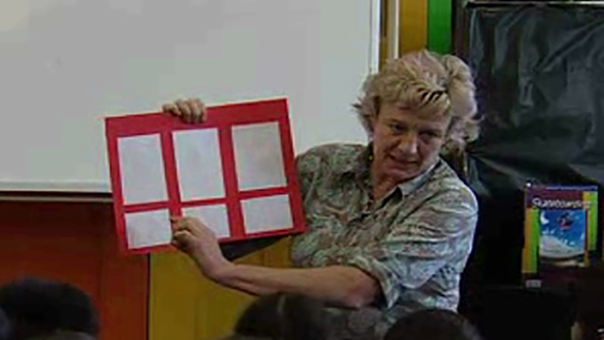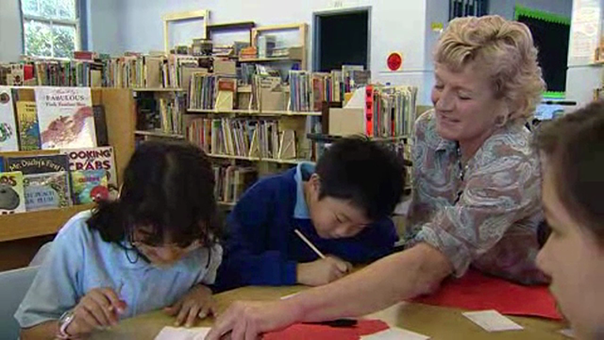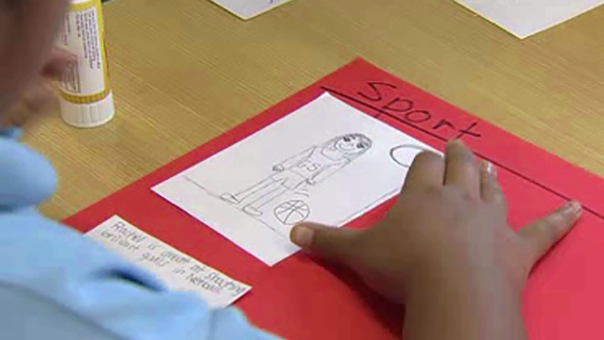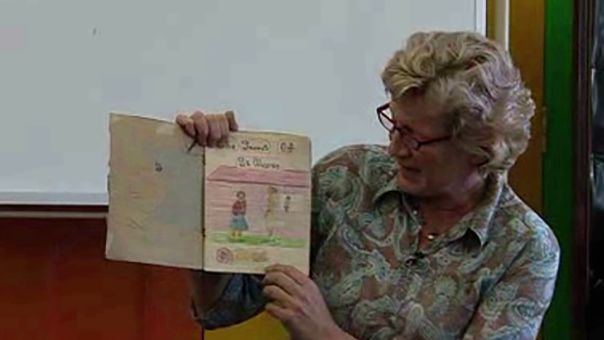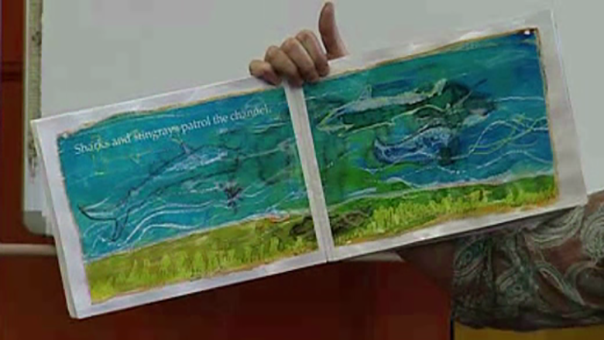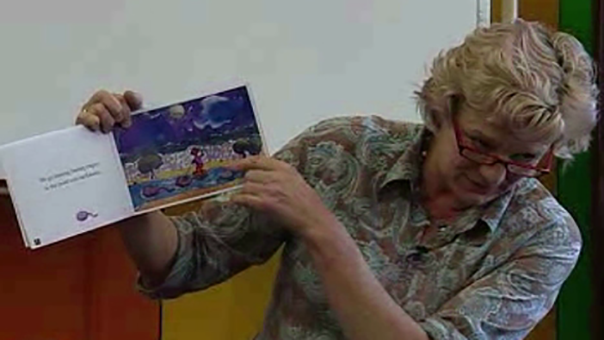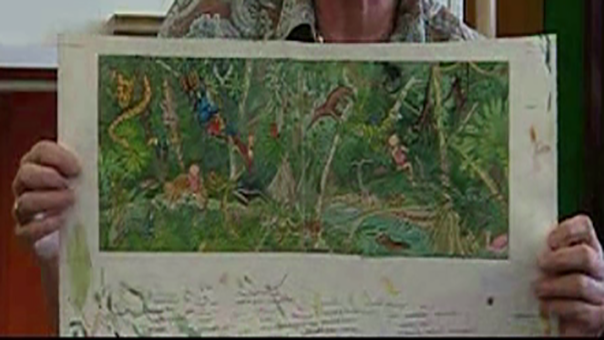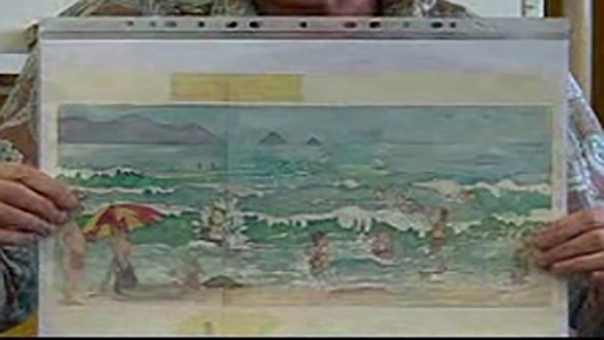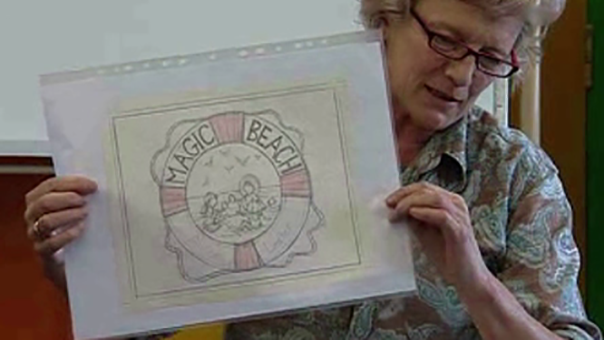8. Making your own book - Inspiration 2
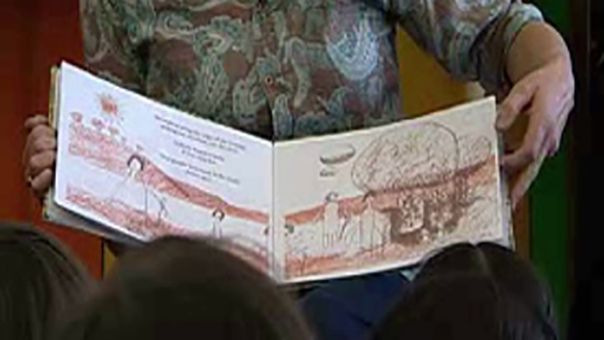
Viewing guide
Teacher to:
-
review artistic techniques such as proportion, perspective, composition and foreshortening as well as artistic concepts such as colour, tone, light, scale, abstract and use of symbols.
Students to:
-
find a book that has artwork they find appealing
-
create a single slide poster using Google Slides or Microsoft PowerPoint to explain what makes the artwork appealing to the audience, including discussion of some of the artistic techniques and/or artistic concepts
-
share their slides with the class and teacher using Google Drive, One Drive or your school network.
Teacher to:
-
lead discussion of the artistic techniques and concepts in relation to the Arnhem Land book in the video.
Students to:
-
apply their learning to their own book by explaining how they will use at least one technique and one concept in the artwork for their book
-
create rough sketches of their planned images and annotate their sketch with labels that point out their use of artistic techniques and explain elements of the image.
This lesson is designed to support the Creative Art syllabus outcomes for Stage 2 or Stage 3. If you are teaching this sequence of activities as a solely English unit then this lesson can be focused on visual literacy outcomes instead.
Art resources
Links to help you use picture books to teach art and literature to students of all ages:
-
University of Lethbridge, Faculty of Education has a huge list of resources, look for the Curriculum Lab on 'Picture books for older readers' in particular.
-
‘The art of education’ article by Alecia Kaczmarek ‘10 books every art teacher needs’.
-
‘Education closet’ article by Deidre Moore ‘Picture this - Exploring art elements in picture books’.
-
Teachkidsart.net article by Cheryl Trowbridge ‘How to create your own art lessons inspired by children’s books’
Learning intention
Completing this activity affords students the opportunity to:
-
think imaginatively, creatively, interpretively and critically about information and ideas and identifies connections between texts when responding to and composing texts (EN3-7C)
-
identify and consider how different viewpoints of their world, including aspects of culture, are represented in texts (EN3-8D)
-
make artworks for different audiences, assembling materials in a variety of ways (VAS3.2)
-
acknowledge that audiences respond in different ways to artworks and that there are different opinions about the value of artworks (VAS3.3)
-
communicate about the ways in which subject matter is represented in artworks (VAS3.4).
Alison Lester: And this is another lovely one from another place in Arnhem Land where we did it all with just two colours of conte, like charcoal, and even though lots of people did the pictures, because they all used the same material, it worked.


